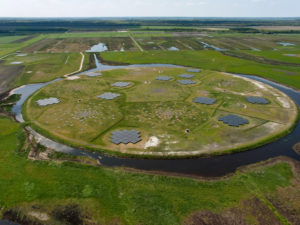Mark your calendar for European Space Week 2018, and don’t miss out on the leading European space programmes conference, connecting business, policy-makers, international experts and space application user communities, which will take place in Marseille, France, on 3-6 December 2018.
Beginning with the EGNSS Users Consultation Platform, Copernicus Accelerator and the Galileo Accelerator, EU Space Week will combine several events in a week, in an attempt to respond to the needs of EU space programme users. The event will address how Europe is using space to tackle challenges in areas such as sustainable development, mobility, defence, economic development and the environment. Read more…





